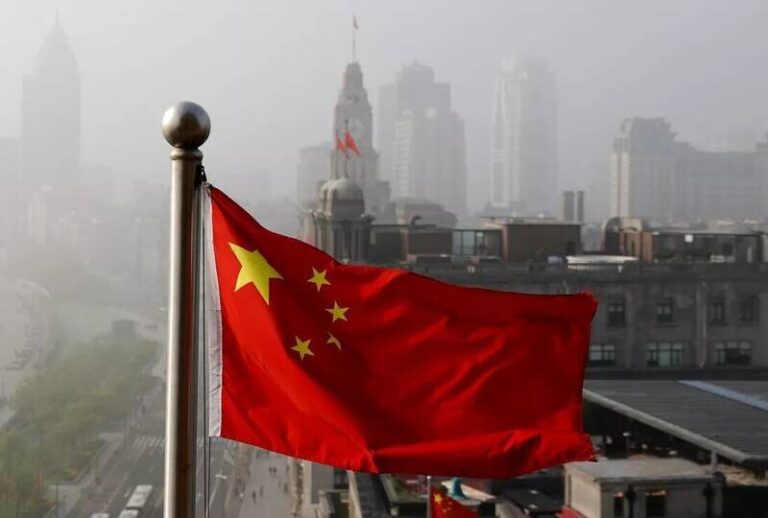Iran Bolsters Reserves: Acquires 2 Tons of Gold from China in Early 2023
Recent statistics from China Customs reveal significant insights into the trade dynamics between Iran and China. In the first two months of the year, Iran imported a substantial amount of gold from China, reflecting the ongoing economic interactions between the two nations.
In a detailed analysis of the trade figures, it was noted that the overall volume of trade between Iran and China reached $2.214 billion during the initial months of 2025. This marks a 23% decrease compared to the same period in 2024, when trade was recorded at $2.884 billion.
Several key factors contributed to this decline:
- China’s exports to Iran dropped by 28%, falling to $1.474 billion from $2.052 billion in the previous year.
- Likewise, China’s imports from Iran experienced an 11% decrease, amounting to $740 million, down from $832 million in the first two months of 2024.
Interestingly, during this period, Iran made headlines by importing 2,250 kilograms of raw gold valued at $201 million from China. This is noteworthy as there were no such gold imports recorded in the same timeframe last year.
In the broader context of global gold reserves, recent updates indicate that China now holds 3,100 tons of gold, placing it as the fourth-largest country in the world in terms of gold reserves. This significant stockpile underscores China’s strategic economic positioning and its role in the global gold market.
The following are some key takeaways from the recent trade statistics:
- Overall Trade Volume: $2.214 billion in the first two months of 2025.
- Decrease in Trade: A 23% reduction compared to $2.884 billion in early 2024.
- Exports to Iran: Dropped 28% to $1.474 billion.
- Imports from Iran: Decreased 11% to $740 million.
- Gold Imports: 2,250 kg of raw gold worth $201 million was imported by Iran.
- China’s Gold Reserves: 3,100 tons, ranking fourth globally.
These figures indicate a shifting landscape in trade relations between Iran and China, highlighting both challenges and opportunities. As the two countries navigate their economic partnerships, these statistics will be crucial in shaping future discussions and agreements.
In conclusion, the trade statistics released by China Customs provide a comprehensive view of the current state of economic relations between Iran and China. While there are noticeable declines in trade volumes and exports, the import of gold signifies a vital area of ongoing economic activity. Both nations will likely continue to explore avenues to strengthen their economic ties amidst these fluctuations.
As trade dynamics evolve, it remains essential for both countries to monitor these developments closely, ensuring that they adapt to the changing economic landscape. This will be key in fostering a robust and mutually beneficial economic relationship moving forward.






